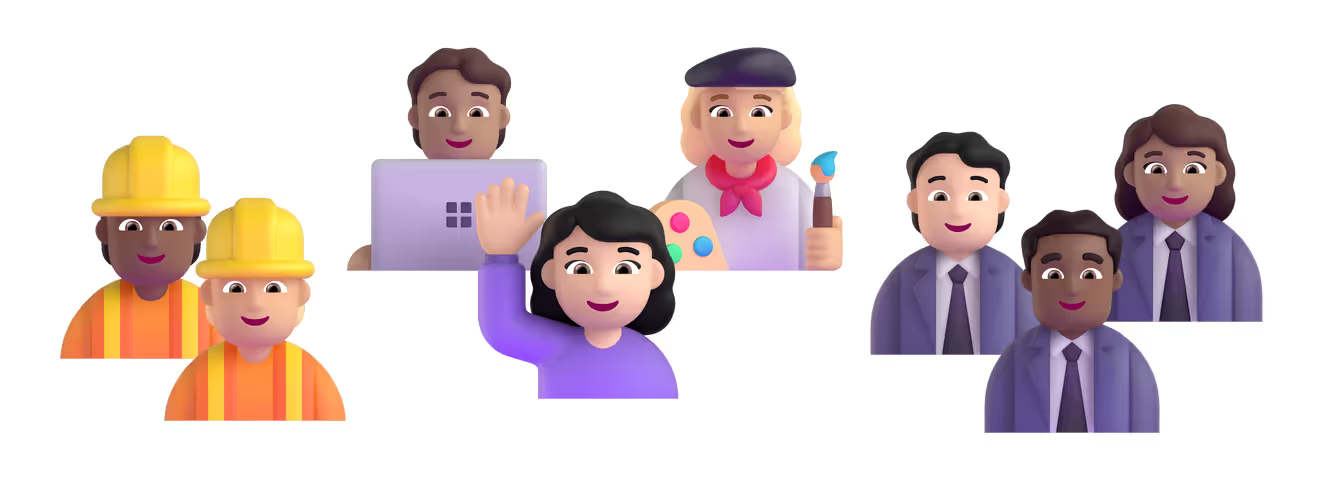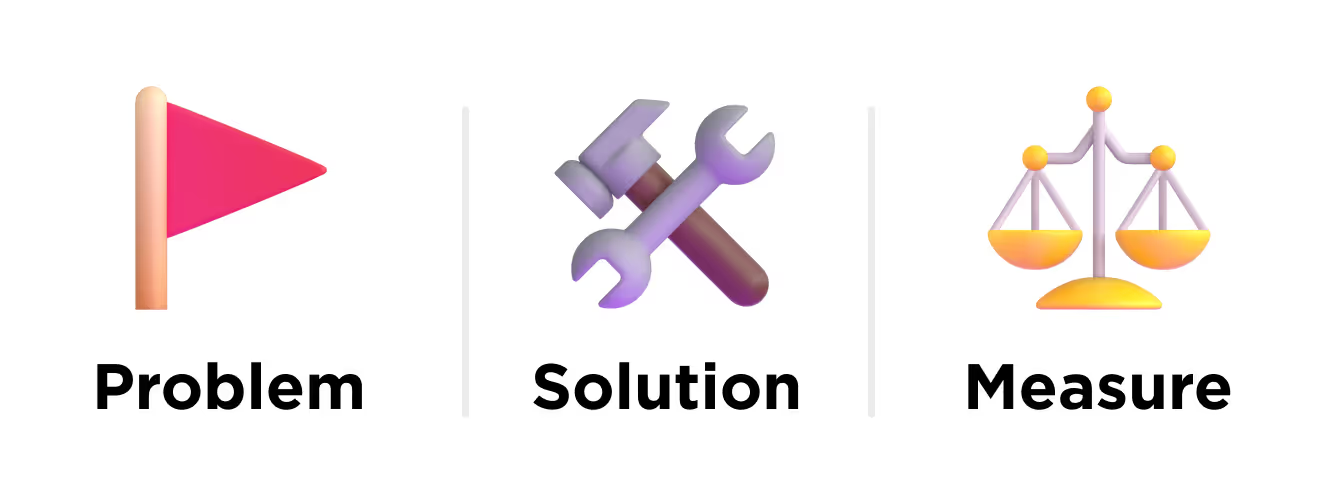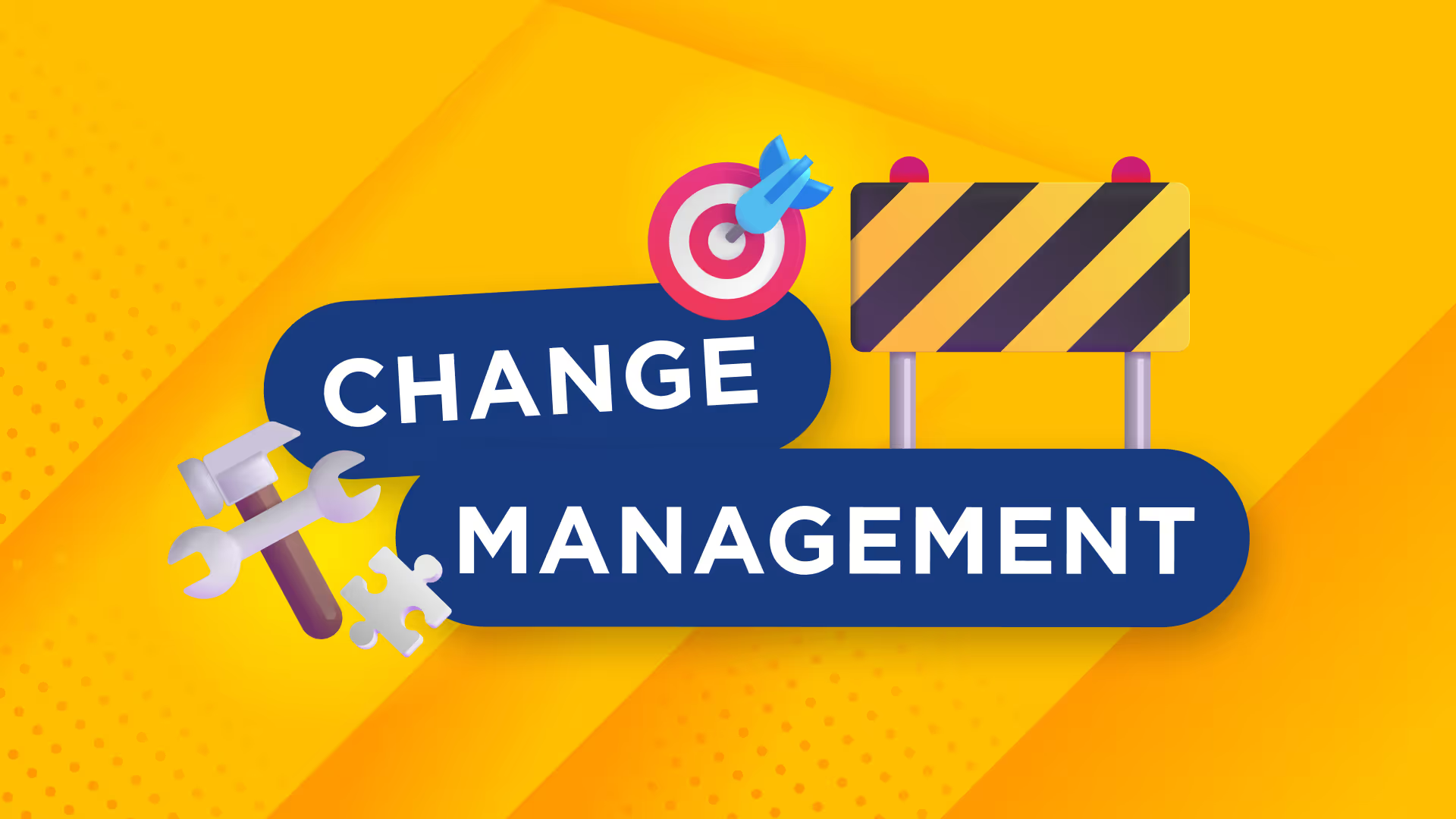Aligning Change To Your Business Goals
It can be challenging to make decisions about certain situations at work when it isn't quite clear how the decision relates to the goals of the business. This can feel a little aimless. So here's 3 methods we use to connect the dots and make sure changes you make align to your business goals.
Intro
Over the years in consulting we've picked up some tools of the tools of the trade that can help us facilitate hard conversations with our clients. This is especially important for when they're hiring us for something specific and we need to make sure we're all in alignment with each other and can commit to helping them.
So if you find yourself in a situation where you're responsible for making big decisions that will impact the future of a business, be it with your clients or your own organization, we're hopeful you can work through some of these methods to make the process a bit easier.
"Why" Abstraction Layers
The first method we use with leadership teams is to use the idea of "abstraction layers." It sounds like a technical term and we're considering friendlier names for it, but really all it comes down to is keep asking "why" until you get to something really meaningful. I learned about this method during a workshop at PeopleDesign, and it's always stuck with me. The term "abstraction layer" comes from taking a concept and abstracting it layer by layer so you can uncover the real motivator that might not be readily apparent.

Let's take an example and pretend someone came to you with the request to "make their website mobile friendly". Below is an abbreviated version of how the conversation might go if we were doing an abstraction layers exercise:
- Why does it need to support mobile? It’s ugly on a phone right now, sites need to be responsive
- Why does prettiness matter? We care about our appearance and perception on the web
- Why do you care about that? We think people will be turned off from us and not give us a chance
- Why do you need to worry about people not giving you a chance from the website? 50% of our leads come from our website, and we’re seeing a decrease in leads over time
Now THAT is something that we can get behind. Whoever is responsible for making the website mobile friendly would be at a major disadvantage if they didn't have a grasp on what the motivator for the changes is.
In fact, everyone involved with the effort needs to understand what's being contributed to if you want to move the real needle you're wanting to move.
Audiencing
The second method is to put some structure around your "audiences". An audience can be anyone who may be impacted by the change. Some examples of audiences we've seen in the past are ones like administrators, field workers, leadership, and management. The goal here isn't got get super detailed, just create generalized groups who you imagine may have a perception on how things are today regarding the change you want to make.

After breaking your organization down into different groups, we're going to answer some questions about each of the groups.
- How do they feel about the current situation?
- How do they think about the current situation?
- What do they do because of how they think and feel?
Some of these questions may sound similar, but they're actually very different. For example, let's say a company wants to improve their communication process, and they're answering these questions for their "back office" team, and they want to understand how to best change to improve this group of employees' experience.
The Back-Office Employees:
- They think they don't know what's going on in the business that impacts them because of this poor communication.
- They feel like they're unimportant to the business because they're just falling by the wayside.
- What do they do? This issue has actually caused several employees to quit. They want to know what's going on and feel important to the business.
After making your way through each audience, it's time to talk about what transition you want to take place with the same groups. Starting again with the back-office team, you need to ask:
- What do we want them to think?
- How do we want them to feel about it?
- What do we want them to do because of how they think and feel?
Simple questions again, but let's walk through the answers:
The Back-Office Employees:
- We want them to think they're in the loop on everything going on via transparency.
- We want them to feel like they have a voice and a stake in decisions if things aren't feeling right.
- We want them to ask more questions up front before they jump ship.
This can feel like trivial work, but it's actually core to making informed decisions. What we learned in this process for the back office employees is that we need to be more consistent about sharing news with them and being transparent. We also want to give them better ways to share concerns or get more information when they need it.
Suddenly things feel a lot more tactical and concrete versus coming this situation with "we want to improve our communication."
Now you can take these conclusions and create a plan for how to address each with specific groups of employees in mind.

SELF ASSESSMENT
Is your business getting full value from your M365 subscription?
Billions of dollars are wasted each year on underused subscriptions. Take 3 minutes to find out where your tools are driving results, and where they’re holding you back.
Find Out Now

Is Team Communication Holding You Back?
Find Out in Just 2 Minutes.
Take our quick scorecard to uncover communication gaps and hidden barriers within your team.
Problem/Solution/Measure
We were in a brainstorming session a few years ago, and we were struggling to provide clear recommendations for a client. There were multiple facets to the problem and it was challenging to figure out how to address it holistically.
So I decided to try breaking it down into a list of problems, potential solutions to those problems, and ways that progress can be measured for each. It's tempting to leave the "measurement" aspect out of it, but it's important to be able to articulate something measurable you want to keep tabs on over time, and relates pretty closely with the "abstraction layers" idea above.

The idea of this is to be very free-flowing and un-scientific - there's no wrong answers, you just have to get ideas down and talk through how these things could be improved.
Here's the actual whiteboard from our working session:

Let's walk through the example at the top that was most prevalent with this client:
The Problem
- Their information flow was poor.
- Their employees were getting information through the rumor mill, and leadership didn't even know if specific communications they were sending were being received.
Potential Solutions
- Leadership needed to see statistics to feel more confident about who's getting the message
- They needed to create an employee portal to be "the place to go" for information
- Note the question marks after these since they're just ideas: Adjusting their newsletter format? Sending bites of information instead? Recording video messages to send to employees?
How To Measure
- The good ol' survey is a common way to measure things like this. We wanted to ask employees how often they felt like they had to hunt for information or how often they heard important info from fellow employees instead of through an "official" channel.
- Statistics as mentioned above - modern tools typically have good ways to give you a readout of who's accessing the resources you're creating.
After you go through a process like this, you'll have better confidence that specific problems are being addressed, brainstormed possible solutions, and have a good way to measure if those solutions are working over time. And that feels good.
Conclusion
I'm hopeful these methods resonated with you and you're interested in trying them out next time you need to lead change. Oftentimes leaders who have some experience will sort of do these things subconsciously, but I've found it really helps to break these things down into frameworks to get used to working through them.







.jpg)






